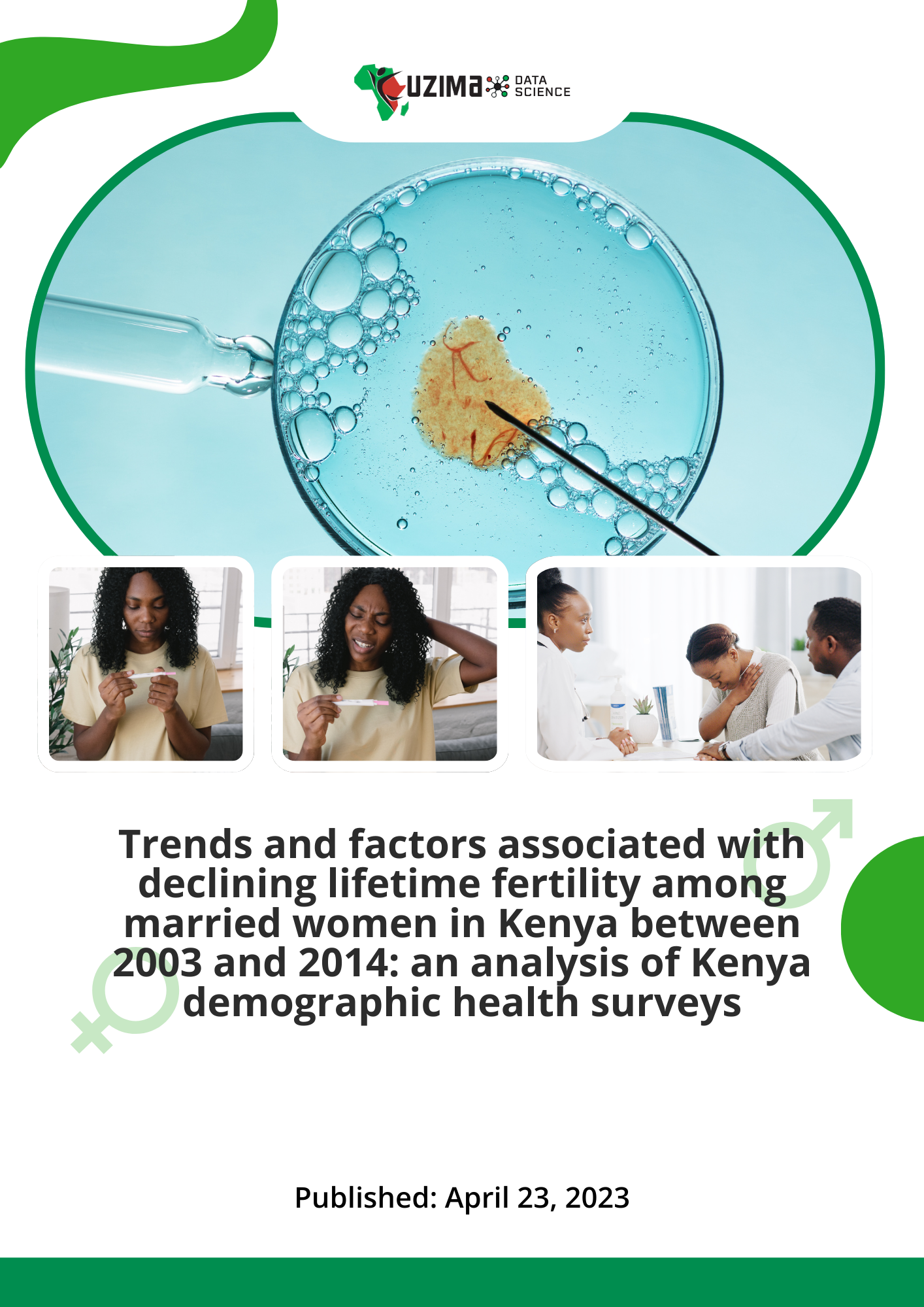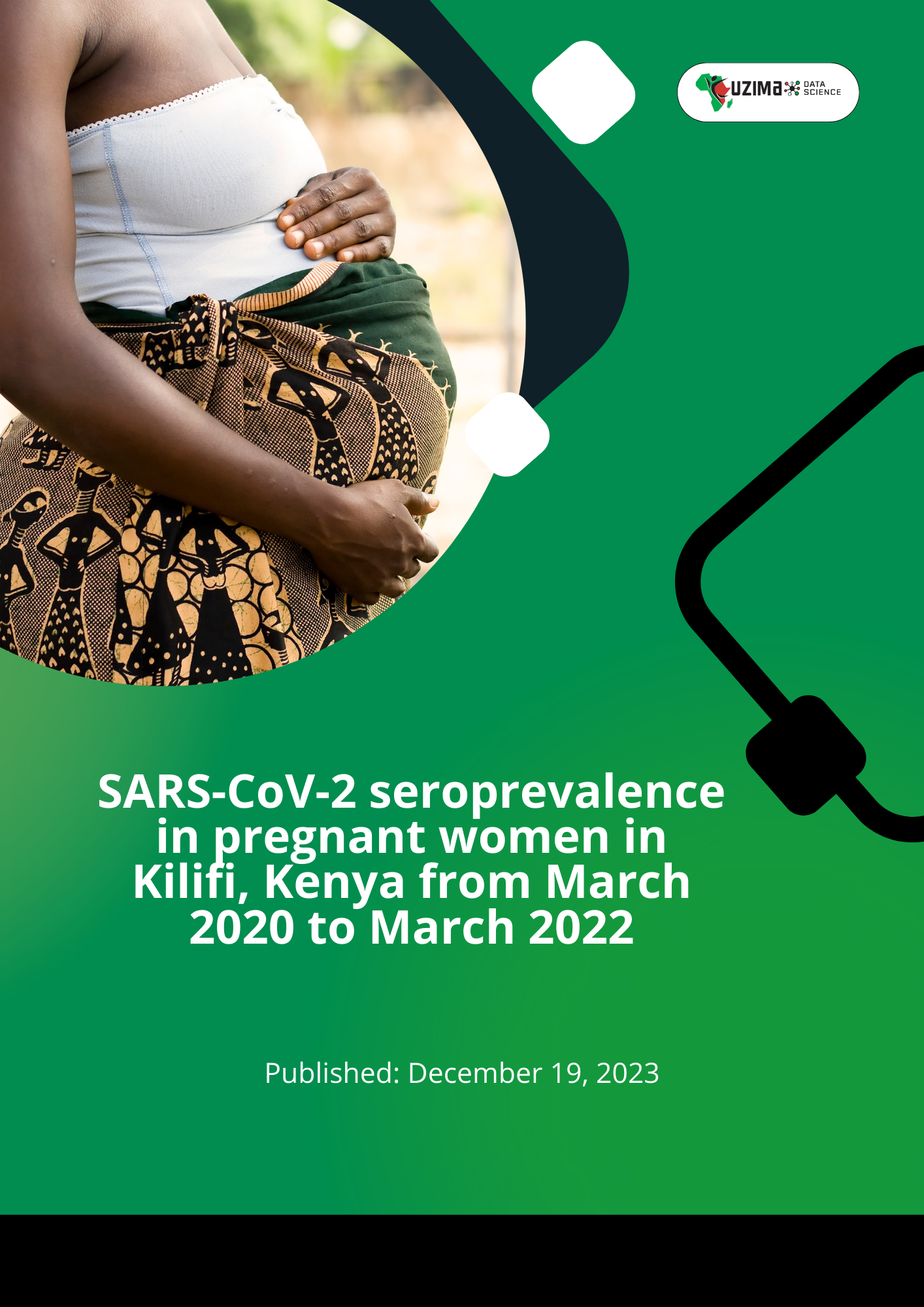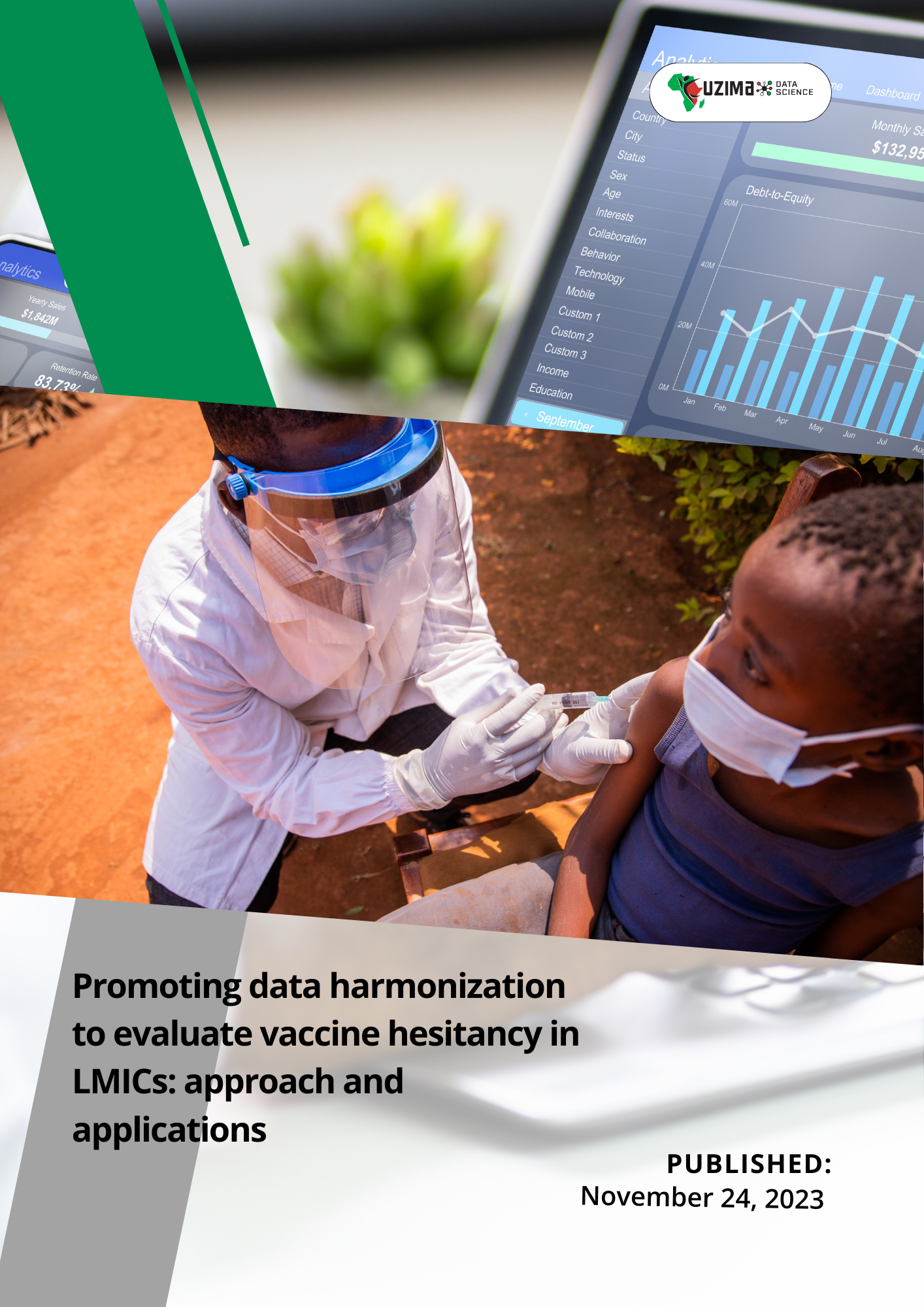Publications ( 15 )

Application of machine learning in early childhood development research: a scoping review
Published: 2025Topic: Application of machine learning in early childhood development research: a scoping review
Author(s): Faith Neema Benson, Daisy Chelangat, Willie Brink, Patrick N Mwangala, Akbar K Waljee, Cheryl A Moyer, Amina Abubakar

Community Engagement Approaches and Lessons Learned: A Case Study of the PRECISE Pregnancy Cohort Study in Kenya
Published: 2025Topic: Community Engagement
Author(s): Onesmus Wanje, Angela Koech, Mai-Lei Woo Kinshella, Grace Mwashigadi, Alice Kombo, Grace Maitha, Nathan Barreh, Hiten D. Mistry, Marianne Vidler, Rachel Craik, Marie-Laure Volvert, Peter von Dadelszen, Marleen Temmerman, and The PRECISE Network
Community engagement (CE) has been recommended as an important ethical consideration for health research to enhance informed consent and exchange knowledge between researchers and community members. The purpose of this paper is to describe how CE was developed and delivered for the PRECISE prospective pregnancy cohort study in Kenya. PRECISE enrolled pregnant women in antenatal care, followed them up to the postpartum period, and collected data and biological samples to enable the study of placental disorders in sub-Saharan Africa.

Diagnostic accuracy of a non-invasive spot-check hemoglobin meter, Masimo Rad-67® pulse CO-Oximeter®, in detection of anemia in antenatal care settings in Kenya
Published: 2025Topic: Maternal Health
Author(s): Angela Koech, Isaac Mwaniki, Joseph Mutunga, Moses Mukhanya, Emily Mwadime, Marvine Ochieng, Grace Mwashigadi, Hiten D. Mistry, Rachel Craik, Peter von Dadelszen, Marleen Temmerman, Stanley Luchters, Geoffrey Omuse and The PRECISE Network
Point of care hemoglobin meters play key roles in increasing access to anemia screening in antenatal care especially in settings with limited access to laboratories. We aimed to determine the diagnostic accuracy of a non-invasive spot-check hemoglobin (SpHb) meter, Masimo Rad-67® Pulse CO-Oximeter®, in the diagnosis of anemia in pregnant women attending antenatal care clinics in Kilifi, Kenya.

Trends and factors associated with declining lifetime fertility among married women in Kenya between 2003 and 2014: an analysis of Kenya demographic health surveys
Published: 2024Topic: Reduction in lifetime Fertility
Author(s): James Orwa, Samwel Maina Gatimu, Paulino Ariho, Marleen Temmerman & Stanley Luchters
Globally, fertility has declined in the last three decades. In sub-Saharan Africa Including Kenya, this decline started more recent and at a slower pace compared to other regions. Despite a significant fertility decline in Kenya, there are disparities in intra- and interregional fertility. Reduction in lifetime fertility has health benefits for both the mother and child, thus it is important to improve women and children health outcomes associated with high fertility. The study, therefore evaluated the factors associate with change in lifetime fertility among married women of reproductive age in Kenya between 2003 and 2014.

SARS-CoV-2 seroprevalence in pregnant women in Kilifi, Kenya from March 2020 to March 2022
Published: 2024Topic: SARS-CoV-2 seroprevalence
Author(s): Angela Koech, Geoffrey Omuse , Alex G Mugo, Isaac G Mwaniki, Joseph M Mutunga, Moses W Mukhanya, Onesmus Wanje, Grace M Mwashigadi, Geoffrey G Katana, Rachel Craik, Peter von Dadelszen, Kirsty Le Doare, Marleen Temmerman
Seroprevalence studies are an alternative approach to estimating the extent of transmission of SARS-CoV-2 and the evolution of the pandemic in different geographical settings. We aimed to determine the SARS-CoV-2 seroprevalence from March 2020 to March 2022 in a rural and urban setting in Kilifi County, Kenya.

Promoting data harmonization to evaluate vaccine hesitancy in LMICs: approach and applications
Published: 2024Topic: Data Harmonization
Author(s): Ryan T. Rego, Yuri Zhukov, Kyrani A. Reneau, Amy Pienta, Kristina L. Rice, Patrick Brady , Geoffrey H. Siwo, Peninah Wanjiku Wachira, Amina Abubakar , Ken Kollman, and Akbar K. Waljee
Factors influencing the health of populations are subjects of interdisciplinary study. However, datasets relevant to public health often lack interdisciplinary breath. It is difficult to combine data on health outcomes with datasets on potentially important contextual factors, like political violence or development, due to incompatible levels of geographic support; differing data formats and structures; differences in sampling procedures and wording; and the stability of temporal trends. We present a computational package to combine spatially misaligned datasets, and provide an illustrative analysis of multi-dimensional factors in health outcomes.
